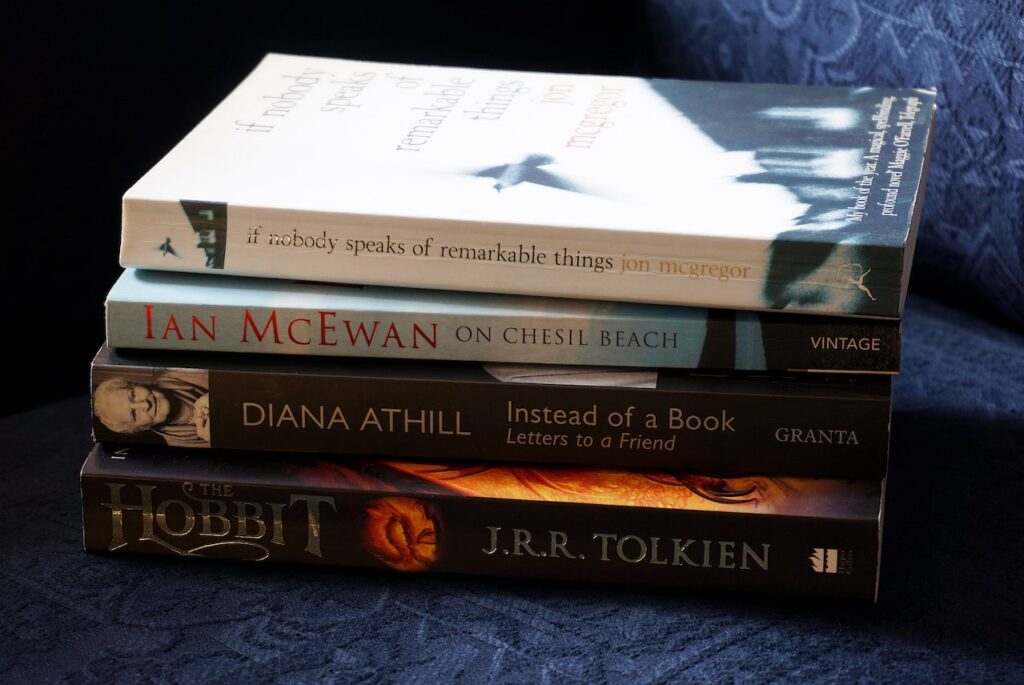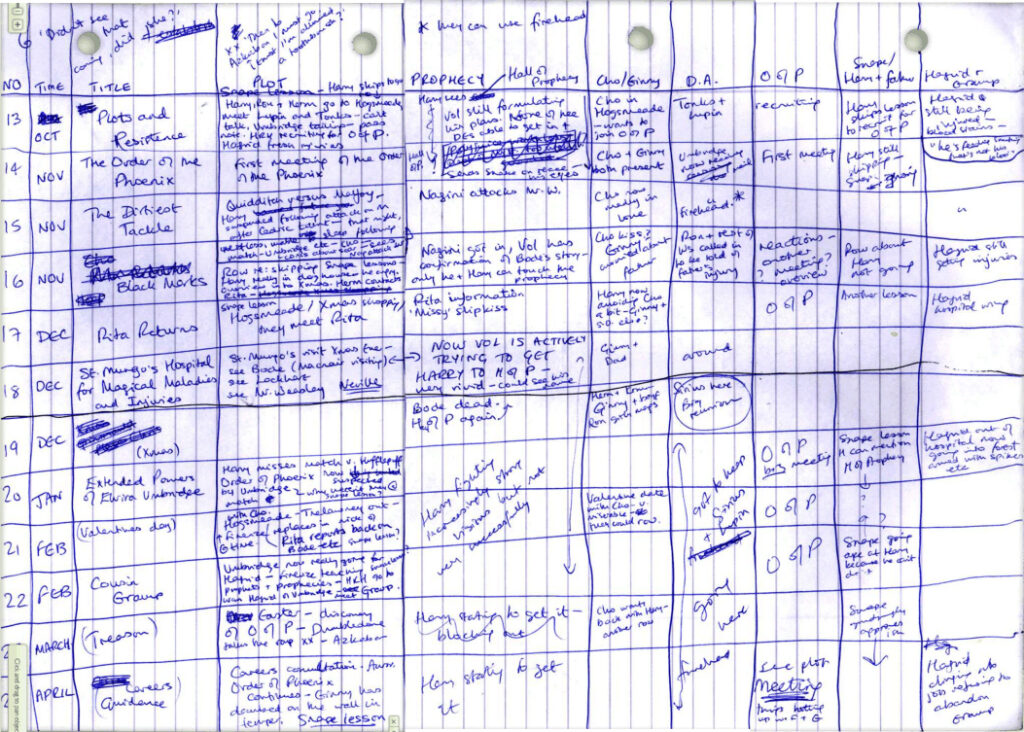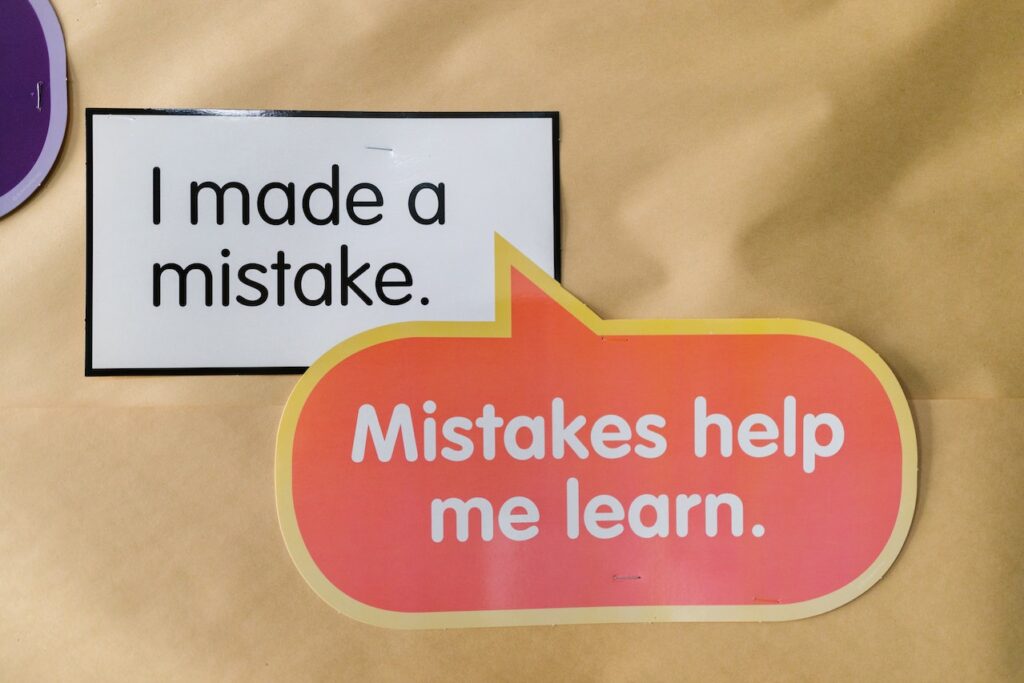How to Write a Novel that Sells
When you think of writing a novel, you probably imagine spending months (or years) holed up in an isolated cabin on the coast of Maine.
Or maybe you envision yourself sitting alone in a dimly lit room with only the tiniest sliver of light sneaking through the blinds as you being your novel writing journey.
That’s because writing a novel is often associated with solitude, isolation, and rejection—a solitary act that requires us to step away from our day-to-day lives and find refuge somewhere far away from people, noise, or distraction.
Is there Good News for How to Write a Novel?
Yes! The good news is you do not have to learn how to write a novel alone. In fact, there are thousands upon thousands of writers out there who have already written books successfully.
If you are ready to sit down and dedicate a little bit of consistent time daily, you can quickly pump out a novel of your own. Here are the basic steps to start writing a novel that sells.

1 - Start with the Story Idea
You’ll have to be excited about your story idea for it to come alive on the page, so this is the first step in writing novels that may sell.
A great place to start learning how to write a novel is by working out what you want to say about the world and why. Allow yourself to have a little fun with the creative writing world, regardless if you have a complete story in mind or not.
For example, let’s say that I want my novel to be about how we’re all connected across time and space through our shared experiences. Or maybe I’m interested in exploring why people are good or bad—or what makes someone evil or virtuous?
It’s essential not only that you know what this is but also how it affects other people during your writing process. It’ll help give structure within which everything else can grow organically: characters, plot points, dialogue—everything.
Give your story a premise. This is the overarching concept, like the singular sentence of your entire story. It needs 3 things:
- The main character description (a dark detective, a teenage drug addict, etc.).
- The protagonist’s goal (what they are trying to achieve).
- The situation or obstacle in the way (what they are overcoming).

2 - Emulate Your Genre
Read books in your genre to get a feel for what’s out there. Fiction writers read fiction. That is where a novel idea tends to be born, from the influence of other character development, editing process, and novel ideas of other writers.
Reading other authors’ work is an integral part of the process, and it’s essential if you want to write a novel that sells. You’ll learn from their successes and failures, absorb their styles, and grow as a writer by observing how most novels handle plot and character development—then use those lessons to improve your writing style.
You will not be able to sell a book in Fantasy or Adult Romance if you have never read the style before. You need to include certain troupes or plot points for your writing to be successful. Part of learning how to write a novel is to read about fantasy and real life from books.
3 - Select Point of View
Decide who is going to tell the story. Is there a narrator, or will your readers be treated to the internal dialogue of an anti-hero? Most books fall into the following POV perspectives:
- First Person – told from the main character’s perspective (I, My).
- Second Person – told by an onlooker or narrator speaking directly to the reader (you, your).
- Third Person – told by the onlooker as the action unfolds, as if they are reading it as you are (he, she, they, it).

4 - Choose a Location
It is important to know the setting of your story. The setting is everything and another good starting point for how to write a novel.
The setting determines what will happen and how it will be presented to the reader. It can be physical or emotional, such as a person or place—or both, such as a character that lives in a specific house with some particular features that affect her moods and behaviors.
Setting influences characters and plot points by affecting their moods and actions. For example: if someone gets lost in the woods, they might feel anxious. If they’re camping on top of a mountain, they might feel peaceful.
Think about every book or film you have enjoyed. A horror feels scarier when it is in a haunted house or old building. Science fiction almost always involves technology in the establishment or lives of the characters.
5 - Create Engaging Characters
Developing your characters is one of the most critical parts of the novel writing process. Your main characters need to be dynamic and compelling, with a unique voice that captures readers’ attention.
They should also have flaws and weaknesses (even if they’re superheroes) because this makes them more human-like and thus relatable to readers. Most novels have a way of making the novel idea or main character development disappear in the uniqueness of the various challenges they experience.
The backstory of your main characters will help you understand them better, so make sure it’s relevant to what’s happening in the story.
Finally, give each character a purpose:
- Why are they there?
- How do they affect the plot?
- Does their presence serve as motivation for another character?

6 - Insert Conflict & Injustice
If you want to write a novel that will sell, it’s crucial to consider your story’s conflict and stakes.
The conflict is what drives the plot forward. It can be as simple as one character trying to get something from another character (for example, a thief trying to steal from a bank) or as complex as two characters competing for love (for example, Romeo and Juliet).
The stakes should also be made clear early on in your story because they affect everything else that happens later on in the plot.
Injustice is one of the foundations of writing a novel. Create a stake or conflict around how something is “unfair” in today’s society, and you will have a plot people can relate to easily.
7 - Outline Your Novel
An outline is a road map for learning how to write a novel. It shows you the major plot points of your story and how each scene fits into the overall scheme of things. An outline can help you determine where to cut or add scenes, as well as whether a particular character is necessary for your story’s progression.
To create an outline, start by writing down all of the main events that will happen in your novel.
Next, jot down some possible subplots that will give your reader more insight into what makes your characters tick, explain why they do what they do (or don’t do), and keep them engaged throughout their reading journey.
Finally, never forget to jot down a few ideas for titles during your writing process.
Not every author likes to outline, but it is a helpful idea for first-timers. You can use the Snowflake Method for how to write a novel or even a graph like J.K. Rowling did for Harry Potter.
There are also authors called “pantsers.” These are the writers who do not use structures and simply let the story unfold as they are writing. Stephen King is probably the most famous of this style.

8 - Decide on a Structure
You may not think about it, but every story you read or see in a movie follows a particular structure. Of course, there are many different ways to structure a story, but they all have one thing in common: they’re all at least somewhat predictable.
The three most famous structures include the beginning, middle, and end (BMTE), the inciting incident (Eliot), and the hero’s journey (Campbell).
As this is probably your first time learning how to write a novel that sells, stick to the most recognizable and digestible structure – the three-act play. This involves:
- First Act – introduce your setting, set the stakes, and showcase your characters.
- Initial Inciting Incident – the start of the first climax.
- Second Act – obstacles and reactions to roadblocks created by the inciting incident.
- Third Act – everything builds to a big final climax which leads to the final resolution and wrap-up.
9 - How You Will Write
No, this doesn’t mean a structure or style. Instead, you want to pick out the method you will use to write your novel.
Many writers pick up their favorite best writing supplies before getting started, like a Moleskin notebook and G2 gel pen.
Others prefer to type into a laptop or mechanical keyboard on a computer.
There are even some authors that dictate their first draft before every using their hands as part of the writing process.
I dictated both of my first non-fiction books in their entirety before editing.

10 - Sell by Writing to Market
This is where most authors fall short. Writing to market means identifying your audience and then choosing to write a book they will enjoy.
You can write for yourself, but there are no guarantees others will like what you like. Part of learning how to write a novel is understanding what people want to read.
Think about the demographics of your target audience who will enjoy your book:
- What is their age?
- What genre is popular?
- Where do they live?
- What books have succeeded in this genre?
Take a look at Write to Market by Chris Fox. This gentleman nails down precisely what you want to look for to write a book that sells well in today’s era by first finding that perfect target audience.
11 - Create a Habit
One of the most important things you can do to become a successful author is to develop a writing routine and creative process. By setting aside a specific time each day to write during your everyday life, you’ll work on your novel consistently and see it through to completion.
If you’re just starting out, try setting aside 30 minutes every day—but make sure that you stick with this schedule.
Set up an alarm so that you know exactly when your time starts. If a timer isn’t enough motivation, consider using the Pomodoro Technique instead. Set aside 45 minutes of writing time before taking 15-minute breaks every half hour or so.

12 - Make Mistakes
The first draft is just that: a first draft. It isn’t supposed to be perfect. It’s the raw material you’ll use to build your second and third drafts, so don’t worry too much about making it perfect right off the bat.
This is an important point because there’s a tendency for new writers to get discouraged when their first drafts aren’t as polished as they’d like them to be.
So if you’re feeling lost or stuck, don’t beat yourself up over it! Keep going with whatever method works best for you at this stage in your career—and know that no one else will read what you’ve written until after all three drafts are finished.
Do not show that first draft to anyone. That is just for you.
13 - Add Spice
Literary devices are like spices for your writing or tools in your toolbox. They can make your writing more exciting and engaging, helping you create a story that makes people want to read it.
Literary devices are not just for the author—they can also help you with storytelling by giving readers an idea of what kind of story they’re reading.
The most common types of literary devices include:
- Simile
- Metaphor
- Imagery
- Symbolism
- Flashbacks
- Foreshadowing
- Motif
- Allegory
- Juxtaposition
- Point of View

14 - Time to Edit
Now is the time to revise your novel. You should revise every chapter and section of your novel, but it’s crucial to look at the beginning and the end of each part.
You might think that because you’ve spent so much time on these sections, you have nothing left to do. But if anything in those sections needs fixing, now’s when you’ll do it.
Change any parts that don’t work well or seem off as soon as possible after you start writing them down. Otherwise, they’ll become harder to change later on.
The best way I’ve found to do this is by outlining what happens in each scene before writing it out—then, I can check my outline against my actual writing once it’s completed. This makes sure everything flows smoothly together without leaving anything out.
It may seem harsh, but a good rule of thumb is to cut roughly 10% of your novel away each time you revise. Hence the famous phrase “Kill your darlings” – or to edit objectively as if you were the reader and not the author.
15 - Hire Beta Readers
Beta readers are people who read your draft and give you feedback. They’re not editors. They’re readers.
You can find beta readers online or in person. I’ve found beta readers on the internet through used social media sites. You can also use writing forums and post a request for help when writing a novel. I’ve often been overwhelmed by offers of assistance. A lot of famous authors start writing by first being Beta readers.
You can enlist people who you will never see or hear from again. That can include asking them to sign an NDA (non-disclose agreement) by hiring them on Fiverr. You can hire English-speaking and reading freelancers for next to nothing.

16 - Professional Editing
This will be the major expense of how to write a novel that sells – a professional editor. You can expect to spend anywhere from $250-$2,500 depending on their reputation and the length of your content.
A good editor can make your book stronger, clearer, and more compelling. This can include:
- Suggesting word changes that will make it easier for readers to understand what you mean.
- Pointing out inconsistencies or areas where the plot doesn’t make sense.
- Flagging places where characters aren’t consistent in their behavior.
- Recommending ways of adjusting sentences, so they flow better.
- And more!
I want to be clear, you can publish your book without an editor, but if you want one that will sell – you need a pro.

Take Your Time and Be Easy On Yourself
Writing a novel is hard. It’s not impossible, but it’s not easy, and it takes a lot of practice. You need to know many things when writing your first novel, from deciding on an idea and putting your words onto paper in the right order, all the way up to getting that book published and into libraries across the country.
As with any writing project, there is no such thing as perfectionism when it comes time for publishing. Once you’ve finished your manuscript, all that matters is whether or not people buy it!
The most important thing when learning how to write a novel is to start writing every day. There are multi-million dollar selling authors who wrote their novels on their mobiles while commuting to work and others that sequester themselves in hotels for a week.
Just start writing. Little by little, you’ll have a book.



